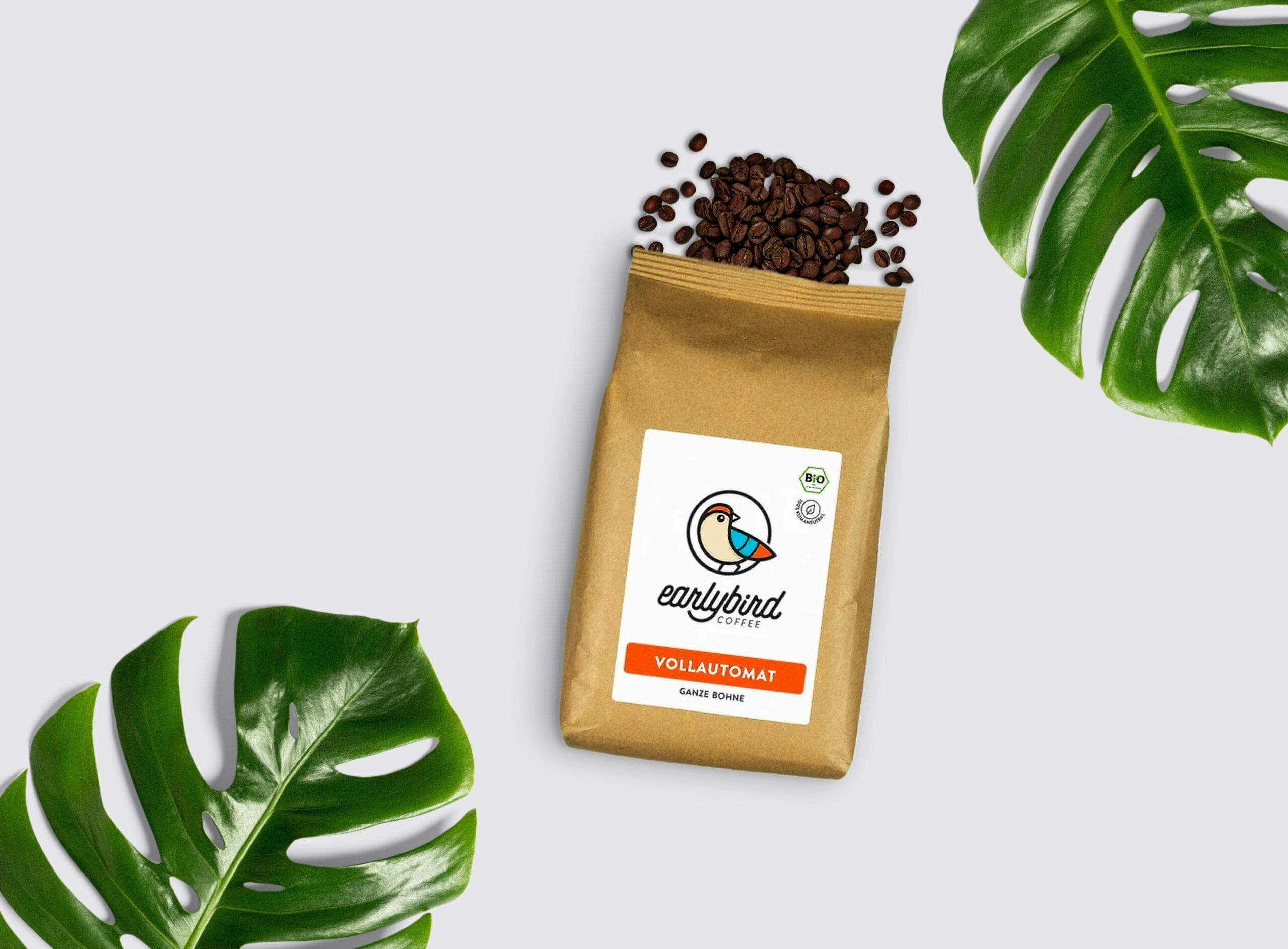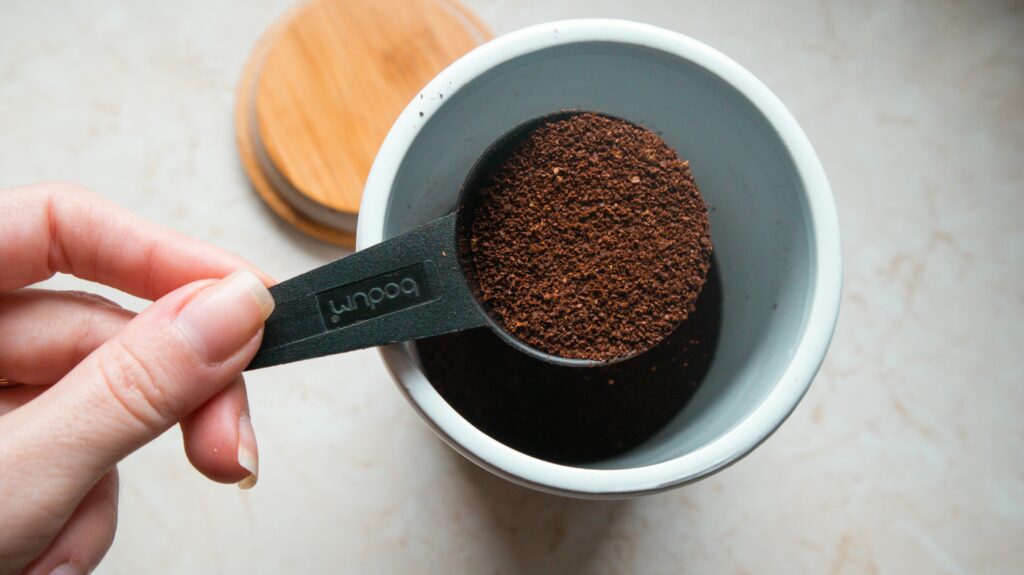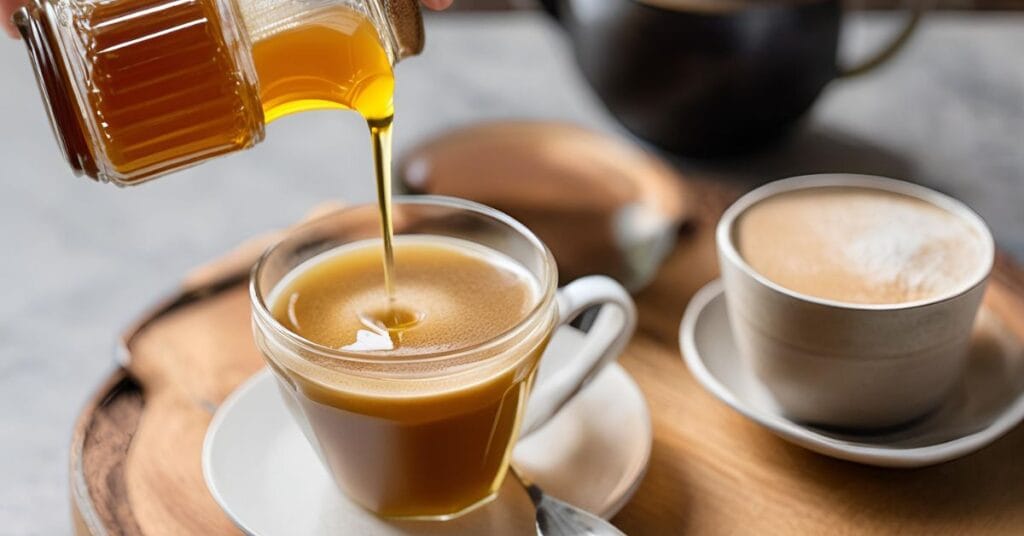When I first started paying attention to my diet, the question of little things like coffee creamer never really crossed my mind. I mean, who thinks about a tiny thimble of creamer when there are bigger portions of food to worry about? But then, I found myself wondering: How many Grams of Fat in a Thimble of Coffee Creamer? It sounds like a strange thing to focus on, but it was actually quite eye-opening for me. So, if you’ve ever been curious about just how much fat hides in that little splash of coffee creamer you add every morning, stick around – I’ve got all the details for you.
Table of Contents
ToggleHow Much Fat Are We Talking About?
Definition
Before diving into the numbers, let’s get a sense of what exactly we’re talking about when we say “coffee creamer.” Coffee creamer can be a lot of different things – from half-and-half, heavy cream, or non-dairy alternatives like almond, soy, or coconut creamers. Each one has its own nutritional profile.
In this article, I’ll primarily focus on typical liquid dairy and non-dairy coffee creamers, particularly the kind you find in those small single-serve containers (often referred to as “thimbles”). These tiny cups are popular in cafes, offices, and hotel breakfasts. Let’s get into it.
1. The Classic Dairy Creamers
Half-and-Half: Half-and-half is a combination of whole milk and cream, making it a popular option for many coffee drinkers. A single serving size, which is typically around 15 milliliters (ml), contains 1.5 grams of fat. Out of these, 1 gram is saturated fat. While that may not sound like much, if you’re pouring a little more than that – say, a few thimbles – it can add up quickly.
Heavy Cream: Heavy cream is thicker and richer, and it contains significantly more fat. In a small serving (about 15 ml), you’re looking at roughly 5 grams of fat, with about 3.5 grams of that being saturated fat. Heavy cream definitely adds a luxurious creaminess, but it also packs quite a punch in terms of fat content.
2. Non-Dairy Alternatives
Almond Milk Creamer: Non-dairy creamers have gained popularity, and almond milk creamers are a common choice. In a 15 ml thimble, almond milk creamer contains about 0.5 grams of fat, with almost none of it being saturated. It’s a much lighter option compared to traditional creamers.
Coconut Creamer: Coconut-based creamers have a higher fat content. A single serving of 15 ml can contain 1.5-2 grams of fat, most of which is saturated fat. Coconut creamers are popular for their rich taste, but they do carry more fat compared to almond or soy alternatives.
Here’s a quick comparison:
| Creamer Type | Serving Size (ml) | Total Fat (g) | Saturated Fat (g) |
|---|---|---|---|
| Half-and-Half | 15 | 1.5 | 1 |
| Heavy Cream | 15 | 5 | 3.5 |
| Almond Milk Creamer | 15 | 0.5 | 0 |
| Coconut Creamer | 15 | 1.5-2 | 1.2-1.5 |
Now that we’ve talked about the numbers, you might be wondering if this little bit of fat is something you need to worry about. Well, it all depends on your dietary goals. Personally, I found that small amounts of creamer here and there weren’t going to make or break my diet, but it was the cumulative effect I needed to consider.
For someone like me who drinks two to three cups of coffee per day, each with a couple of thimbles of creamer, the fat adds up quickly. For example:
3 cups of coffee with 2 thimbles of half-and-half each = 9 grams of fat.
3 cups with heavy cream = 30 grams of fat.
If you’re counting calories or trying to watch your fat intake, this can be significant over time.
Alongside fat, the calorie count is another thing I pay attention to. Let’s take a closer look at how many calories come with that small serving size:
| Creamer Type | Calories per Thimble (15 ml) |
| Half-and-Half | 20 |
| Heavy Cream | 50 |
| Almond Milk Creamer | 5 |
| Coconut Creamer | 15-20 |
It’s easy to see how the calories from creamers can add up – especially if you’re generous with your pours.
Here’s a quick recipe that I use sometimes when I want to keep it light:
Ingredients:
1 cup unsweetened almond milk
1 teaspoon vanilla extract
1 tablespoon maple syrup (optional)
Instructions:
Combine all the ingredients in a jar.
Shake well and store in the fridge.
Use about 1-2 tablespoons per cup of coffee.
This creamer adds a subtle sweetness and creaminess without piling on the fat.
1. Plant-Based Creamers: Lower in Fat?
Most plant-based creamers like almond, cashew, and soy creamers tend to be lower in fat than their dairy counterparts. However, creamers like coconut can be an exception due to the high saturated fat content. Personally, I find almond creamer to be a great middle ground when I want something creamy without the guilt.
2. Flavored Creamers: Are They Higher in Fat?
Flavored creamers like French Vanilla or Hazelnut often contain added sugars and can be higher in calories but not necessarily fat. Most flavored creamers have about 1-2 grams of fat per serving, but their sugar content can make them less healthy. I try to avoid them or use them sparingly.
While we’ve focused on fat content, sugar is another important aspect to consider. Many creamers, especially flavored ones, contain added sugars, which can lead to higher calorie intake and contribute to weight gain or other health issues. Checking the sugar content on the label can help you make a more informed choice.
Choosing the right coffee creamer can make a difference in how well you stick to your health goals. If you’re trying to cut down on calories and fat, opting for unsweetened almond milk or oat milk creamers could be ideal. On the other hand, if your main concern is cutting out dairy, any of the plant-based options would work well.
Powdered creamers are often more convenient, especially for travel, but they can contain more hydrogenated oils and artificial ingredients, which may not be ideal for health-conscious consumers. Typically, powdered creamers are also higher in saturated fats compared to liquid creamers. I prefer liquid creamers because they tend to be less processed.
Tips for Cutting Back on Coffee Creamer
If you’re trying to cut back on coffee creamer, here are some tips that have worked for me:
Gradually Reduce: Start by reducing the amount of creamer you use by a small amount each week until you reach a healthier level.
Add Flavor With Spices: Try adding cinnamon, nutmeg, or even a dash of vanilla extract to give your coffee some flavor without the extra fat or sugar.
Mix With Milk: Instead of using only creamer, mix it with low-fat milk to reduce the fat content while still getting some creaminess.
The Importance of Reading Nutrition Labels
When it comes to picking the best coffee creamer, understanding what’s in it is crucial. Reading the nutrition label helps you keep an eye on calories, fat content, and added sugars. Look for creamers with minimal artificial additives and aim for more natural, wholesome ingredients. This is a habit that has helped me make better decisions for my health.
Natural vs. Artificial Ingredients in Coffee Creamers
Another consideration when choosing a coffee creamer is whether it contains natural or artificial ingredients. Some creamers use artificial flavors, colors, and sweeteners that can be unhealthy in the long run. Personally, I find creamers that use natural flavors taste better and feel more in line with my health goals. Always aim for non-GMO or organic labels if that’s something important to you.
A scientific study from the American Heart Association states that diets high in saturated fat, such as those containing heavy cream or full-fat dairy products, are linked to increased cholesterol levels and a higher risk of cardiovascular diseases. This is why moderating your intake of saturated fat, including the fat found in coffee creamer, is important for maintaining heart health.
So, how many grams of fat are in a thimble of coffee creamer? Depending on the type, it ranges from 0.5 grams for almond milk creamer to 5 grams for heavy cream. This might seem insignificant, but if you’re like me and love multiple cups of coffee, these small amounts can add up over time.
What I’ve learned through this journey is that moderation is key. If you love heavy cream, go ahead and enjoy it – just keep an eye on how much you’re using. Alternatively, lighter options like almond milk creamers can help cut down the fat without making your coffee taste like watered-down sadness.
Does Coffee Creamer Add a Lot of Fat to My Diet?
Yes, coffee creamer can add fat to your diet, especially if you’re using heavy cream or multiple servings per day. A couple of thimbles of half-and-half each morning may add up to 9-12 grams of fat per day if you’re not mindful. Non-dairy options like almond milk creamer are much lower in fat.
Which Coffee Creamer Is Healthiest for Weight Loss?
If weight loss is your goal, I would recommend non-dairy creamers like almond milk or even oat milk creamers. They are typically lower in both calories and fat compared to heavy cream or half-and-half. Look for unsweetened versions, as added sugar can be another factor to consider.
Are There Any Zero-Fat Coffee Creamers?
Yes, there are zero-fat creamers available, particularly among non-dairy brands. Unsweetened almond milk and fat-free half-and-half are good options if you’re trying to cut down on fat completely.
Is It Better to Use Milk Instead of Creamer?
Using skim milk or 1% milk can be a healthier alternative to creamer. Skim milk has zero grams of fat, while 1% milk has about 0.3 grams of fat per 15 ml. Plus, milk contains more protein, which can be a bonus.
Are Non-Dairy Creamers Always Healthier?
Not necessarily. It depends on the brand and the type of non-dairy creamer. Some coconut-based creamers can have as much saturated fat as dairy creamers, while others might have added sugars or artificial additives. Always check the labels!
How Can I Reduce the Fat in My Morning Coffee Without Sacrificing Flavor?
Reducing fat doesn’t have to mean giving up taste. I suggest trying non-dairy alternatives like oat milk or cashew milk creamers, which offer a creaminess without much fat. Also, try to experiment with spices like cinnamon or nutmeg for added flavor without the extra calories or fat.
Can I Make My Own Low-Fat Coffee Creamer at Home?
Absolutely! Making your own coffee creamer can be easy and a great way to control fat and calorie content. You can blend almond milk with a dash of vanilla extract, or use coconut water mixed with a little skim milk for a unique twist. Making it at home means you know exactly what’s going into your cup.
FAQs Summarized
How many grams of fat in a typical coffee creamer thimble? Depends on the type – between 0.5-5 grams.
Healthiest coffee creamer? Almond milk or oat milk.
Better to use milk or creamer? Skim milk or 1% milk can be a healthier option.
Final Tips for Coffee Lovers
Experiment: Try different creamers until you find one that fits your taste and health goals.
Measure Your Servings: It’s easy to use more than you think. Measuring can help you keep track.
Balance Your Diet: If you love rich creamers, balance it out by eating lower-fat meals later in the day.
I hope this guide has helped you understand just how much fat is in your coffee creamer and how you can make better choices without sacrificing the taste of your morning cup. After all, it’s not just about the numbers – it’s about enjoying your coffee in a way that fits your life and health goals.











































